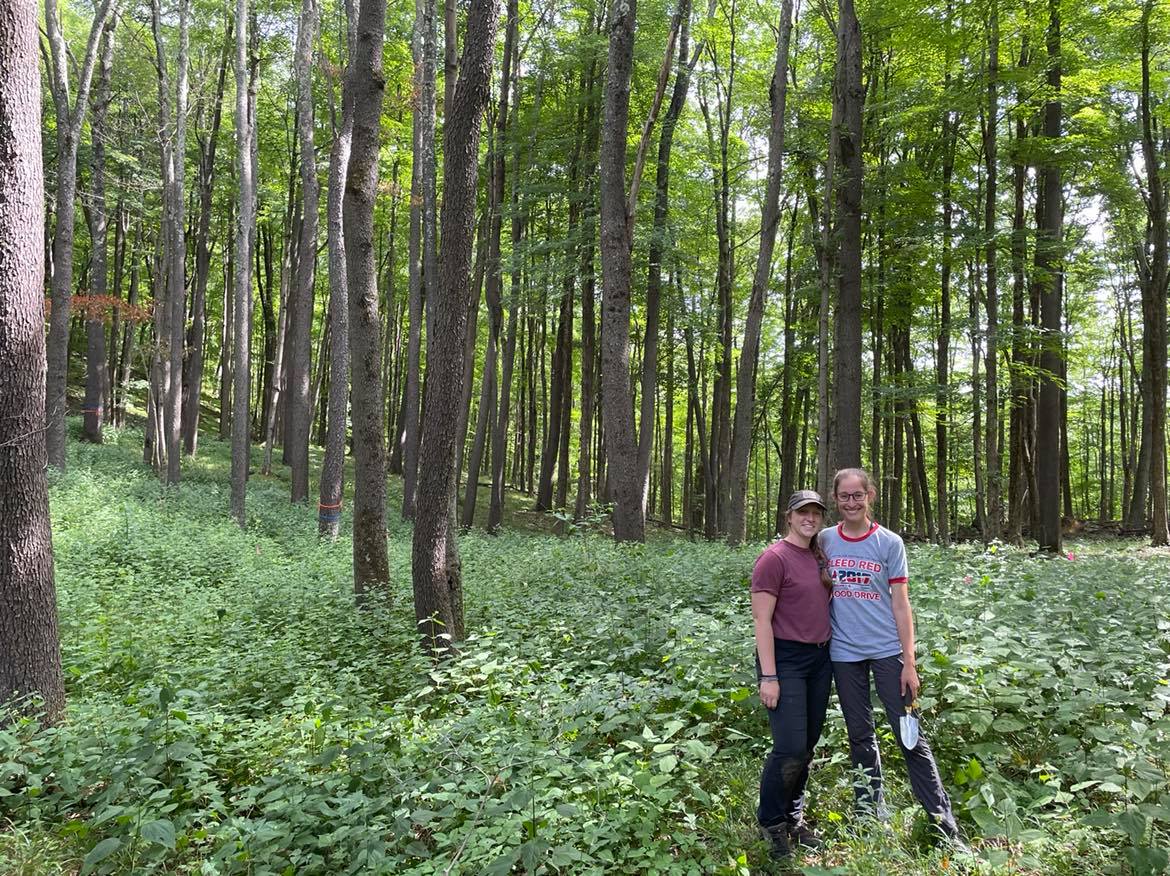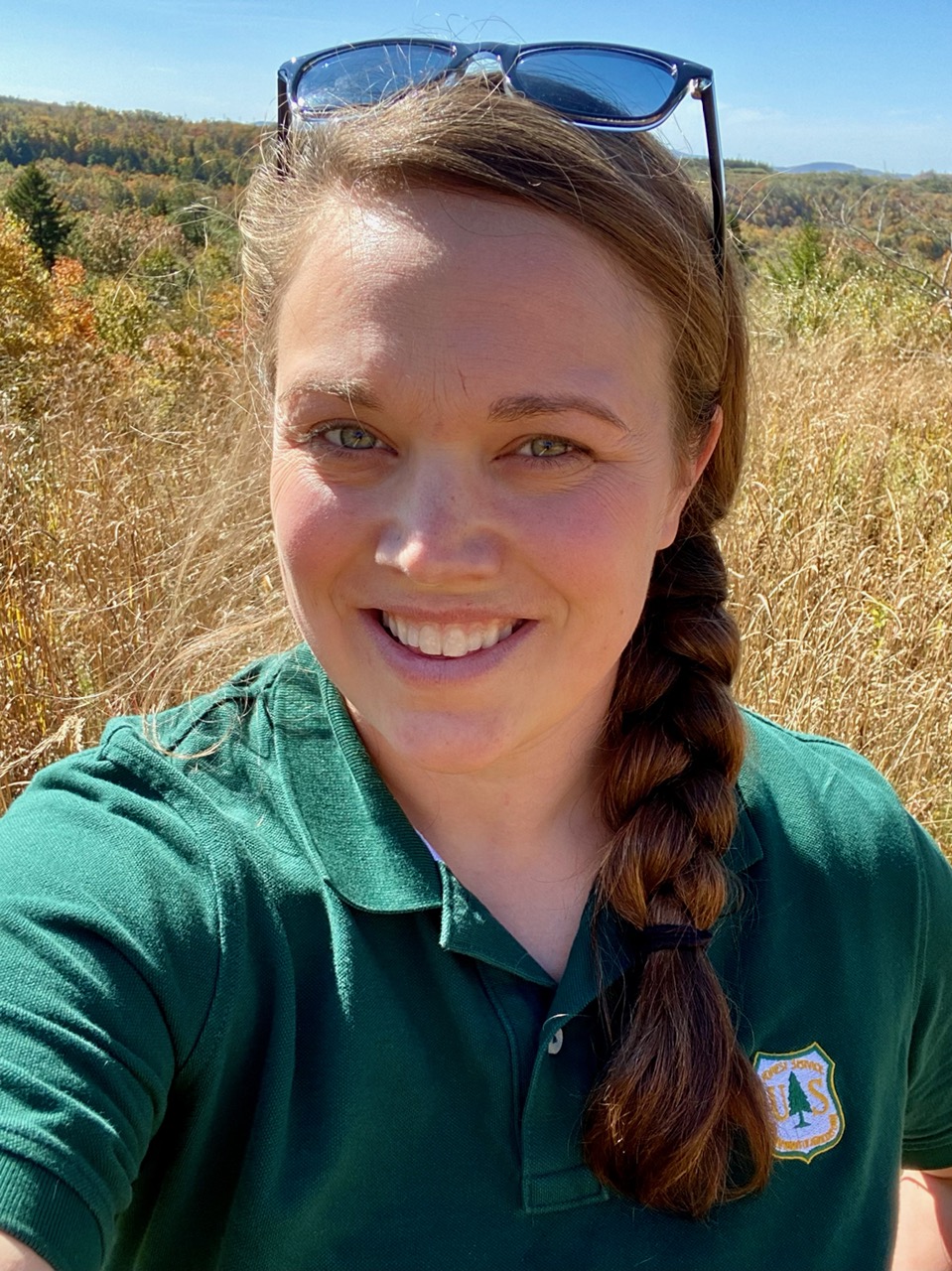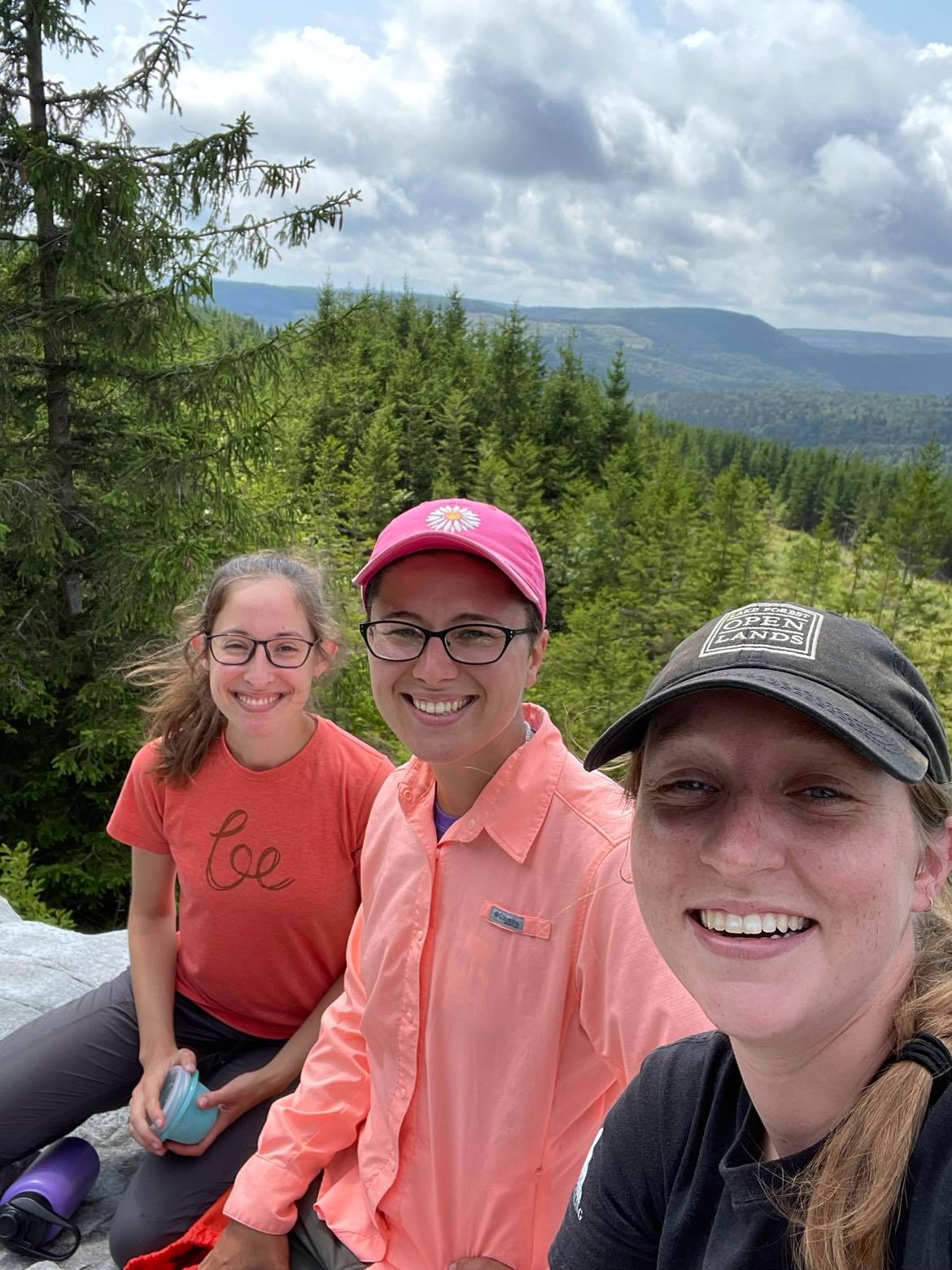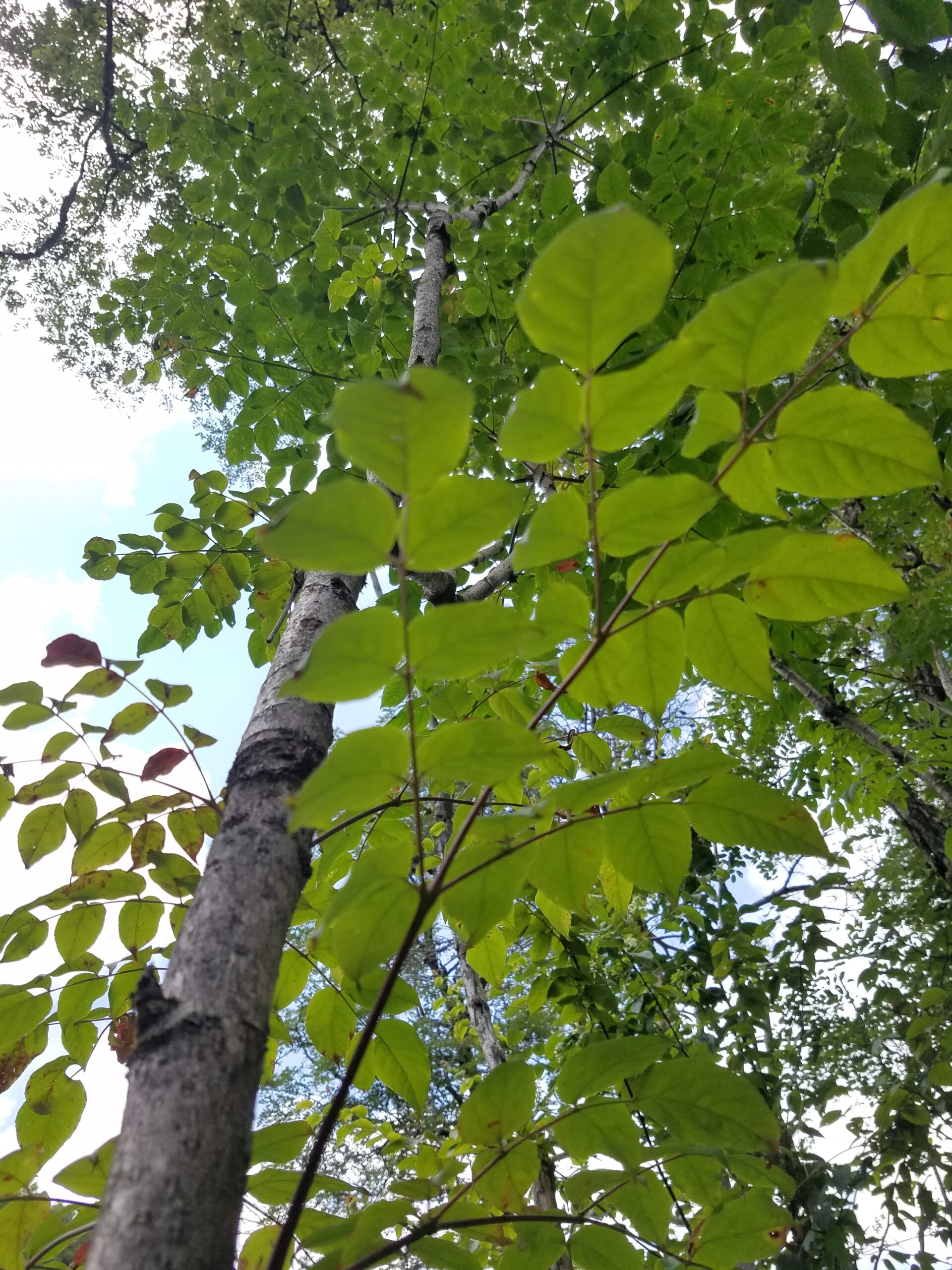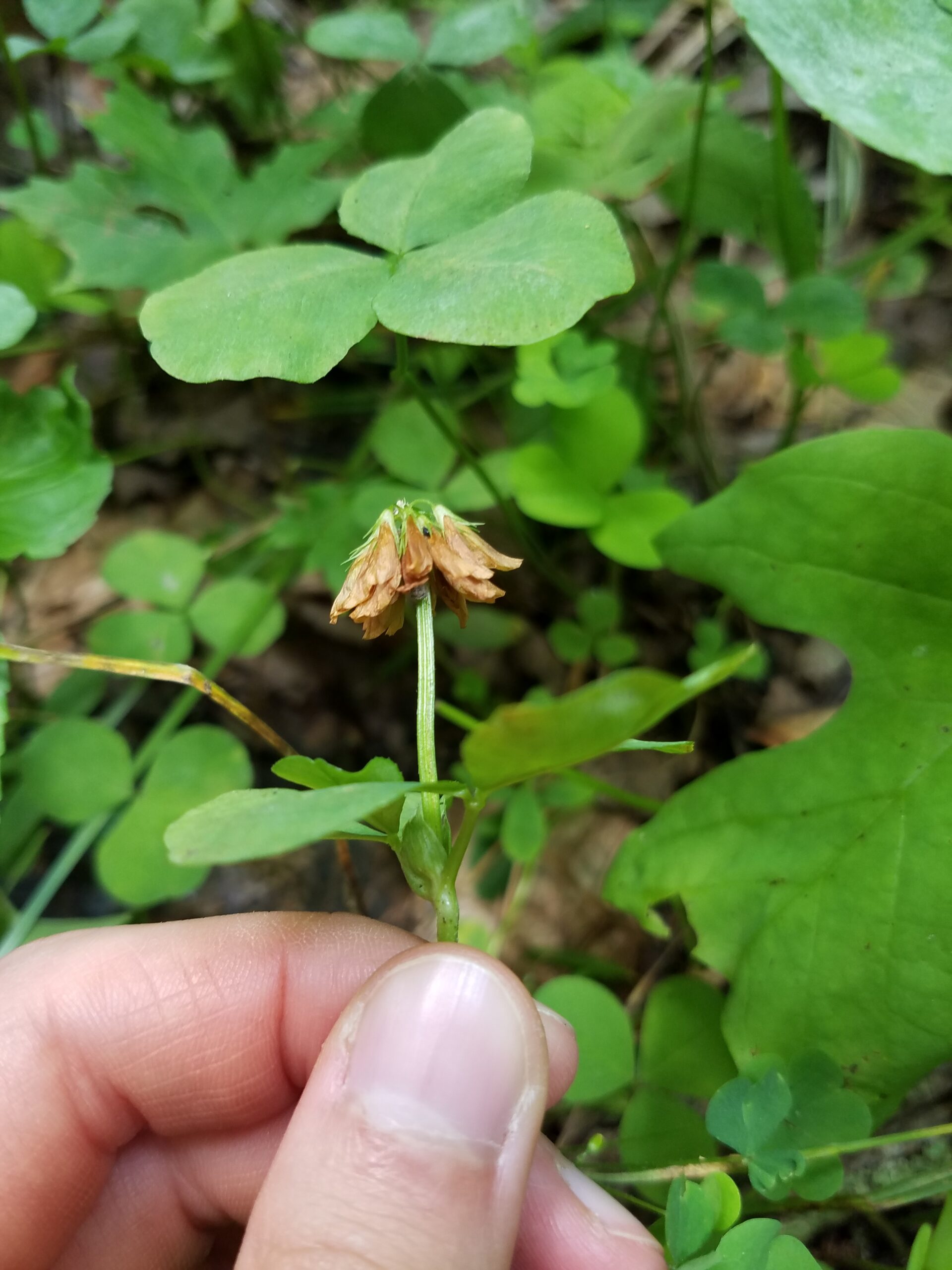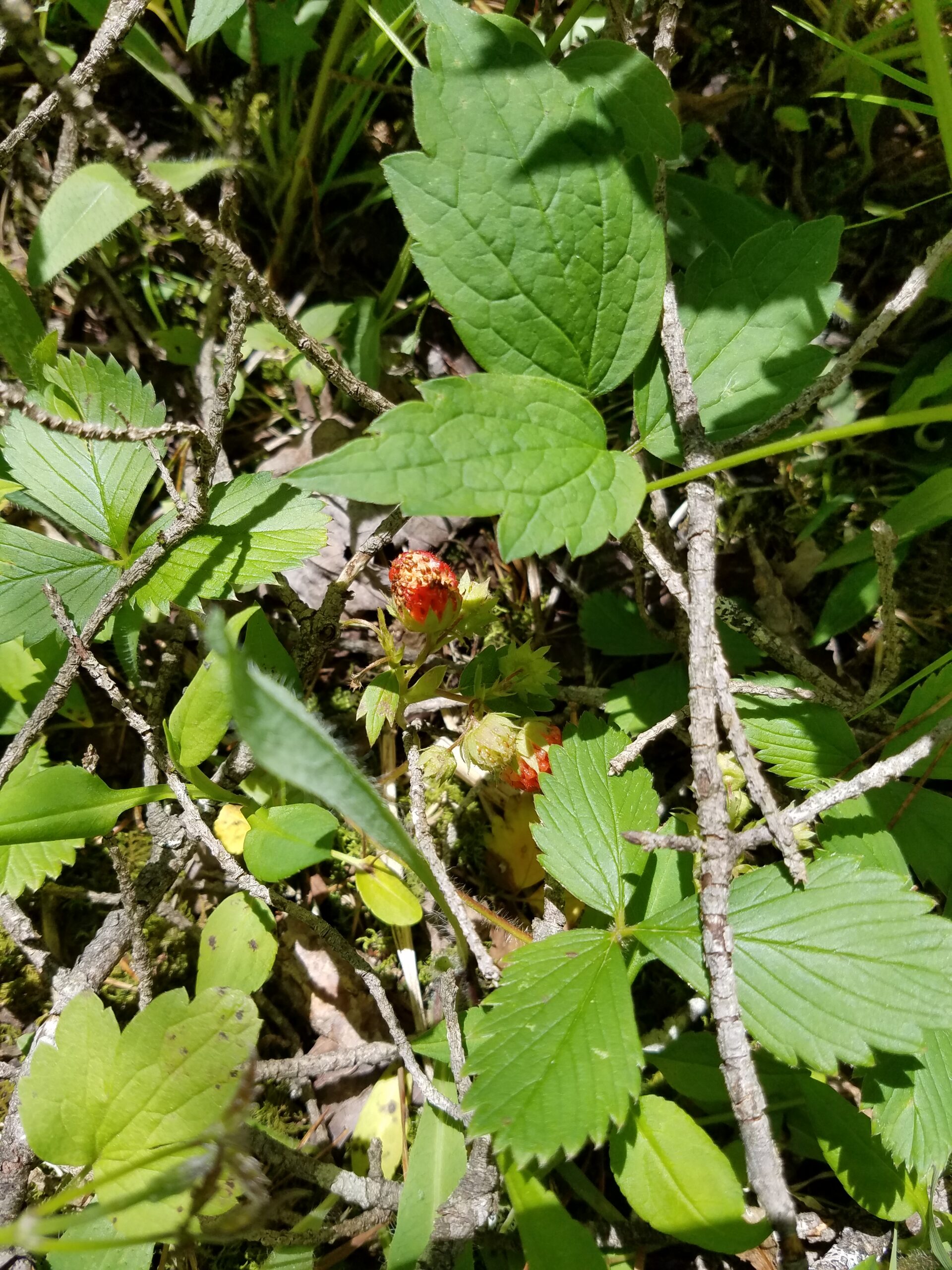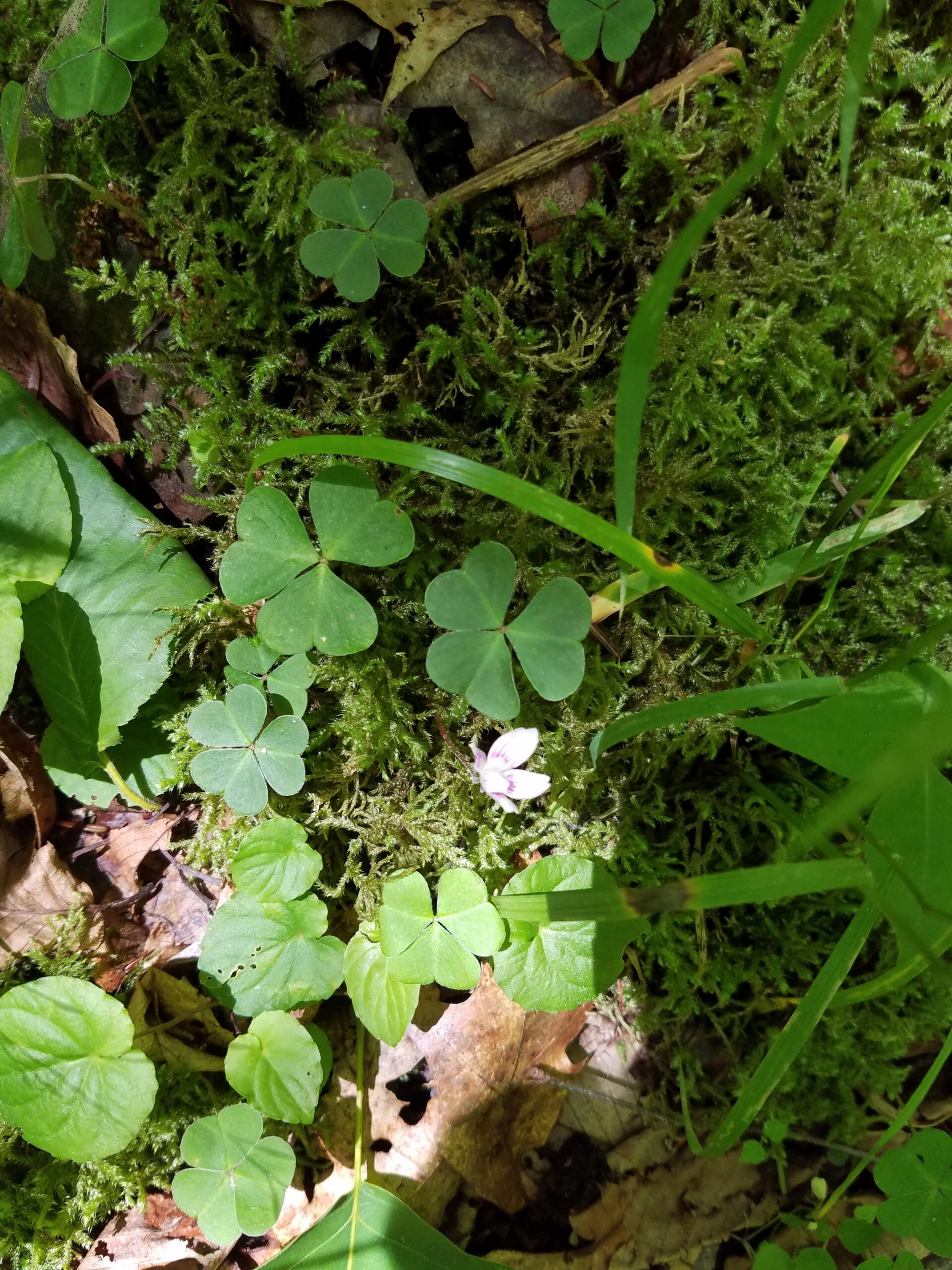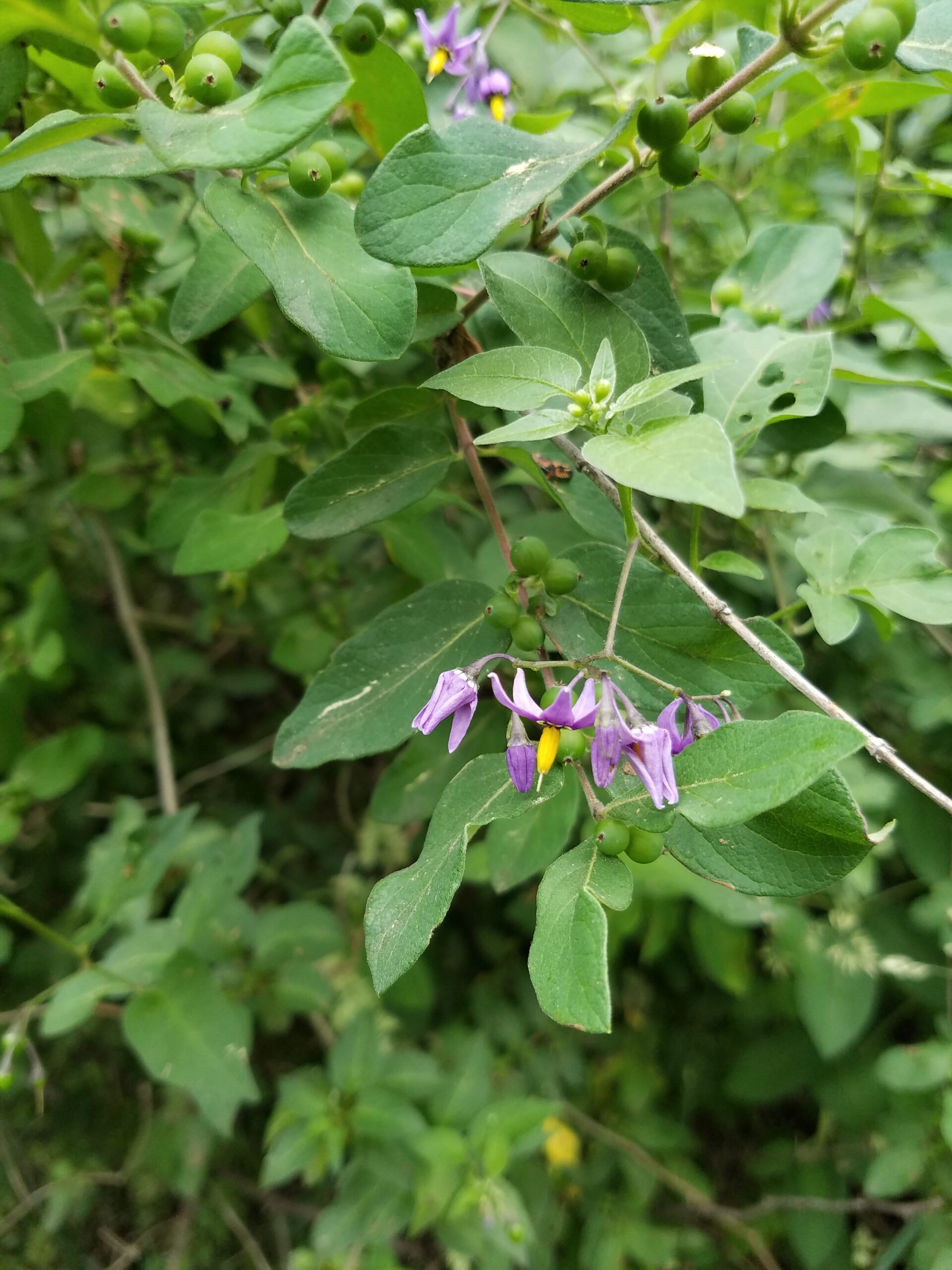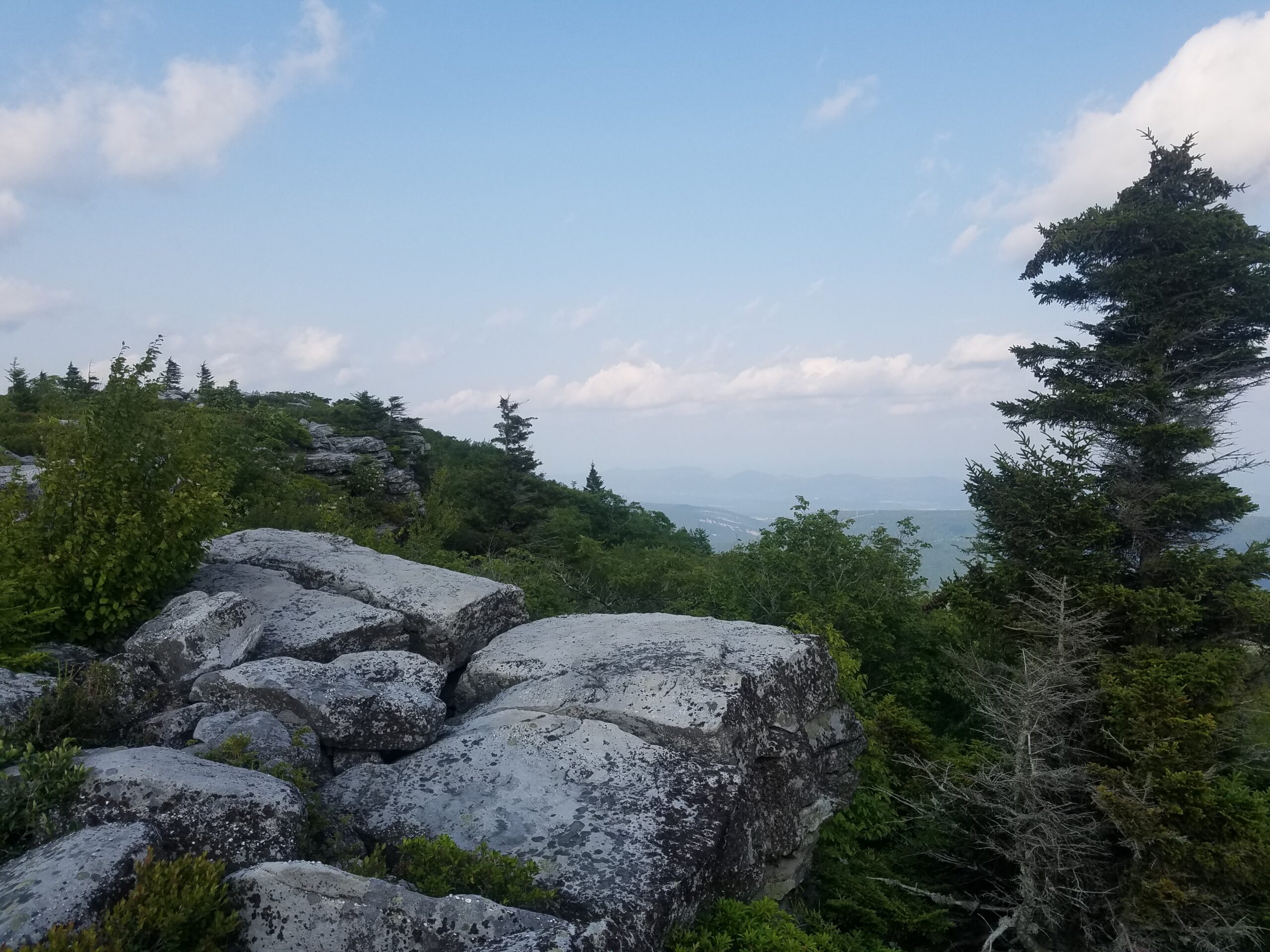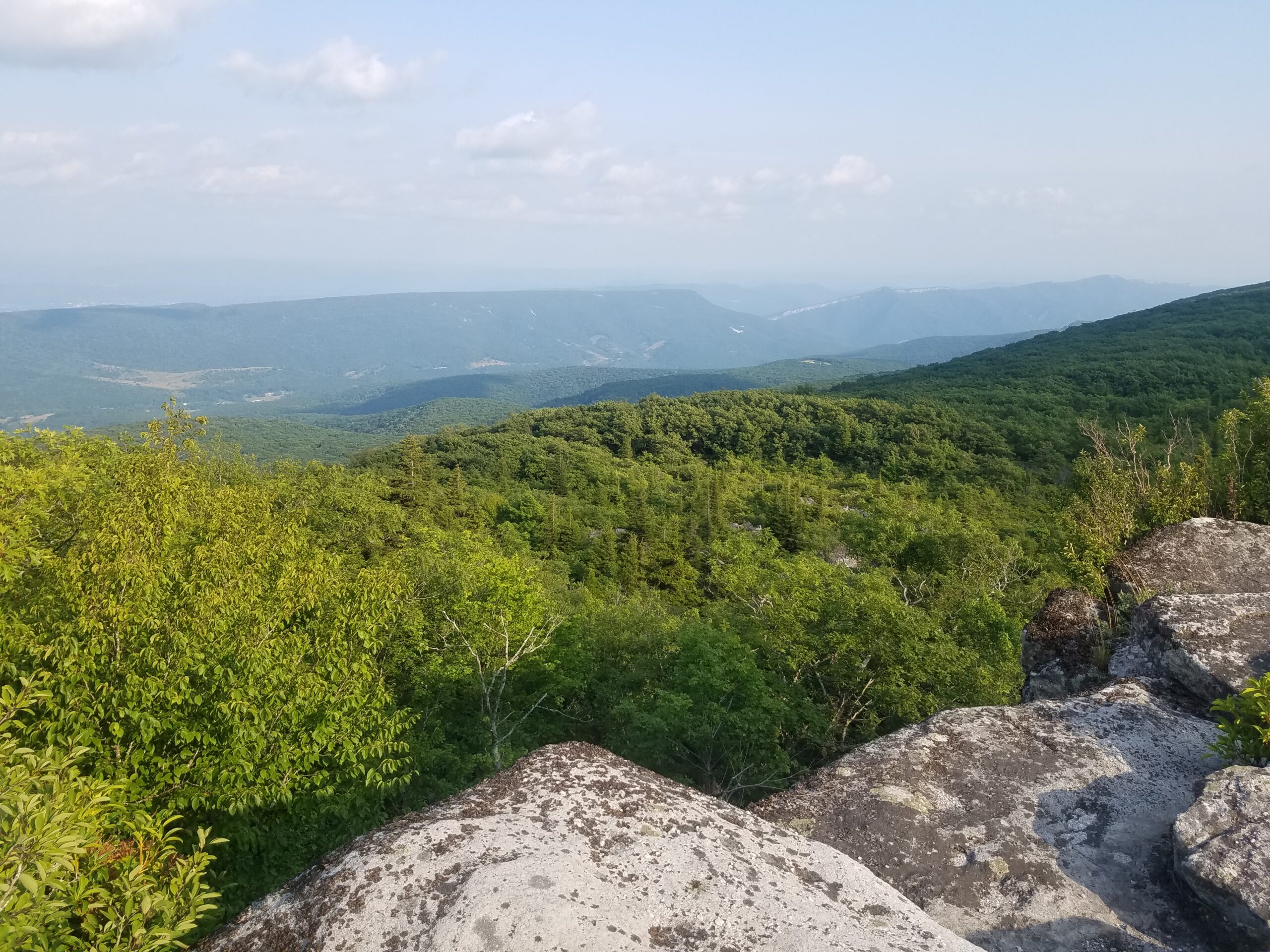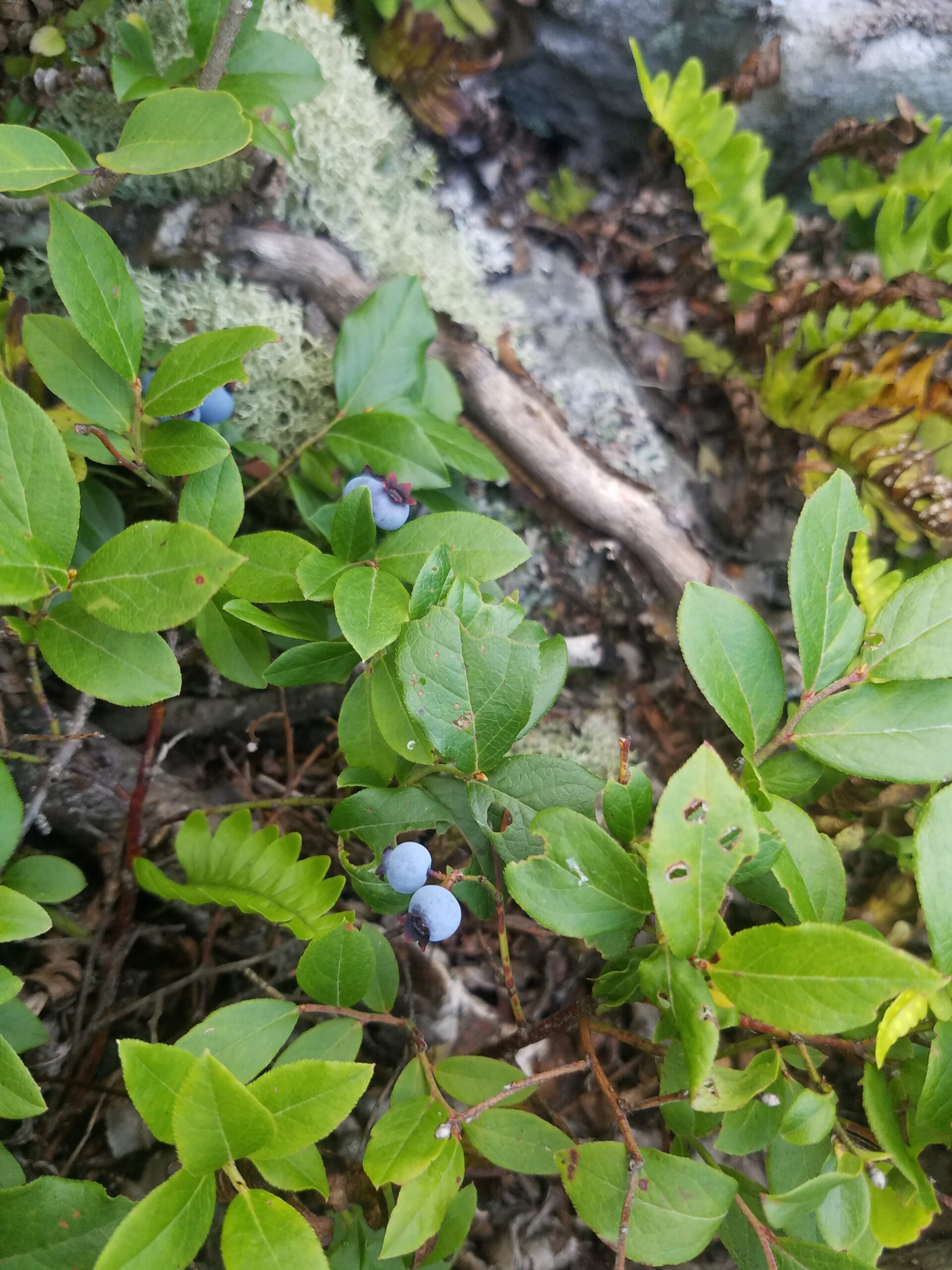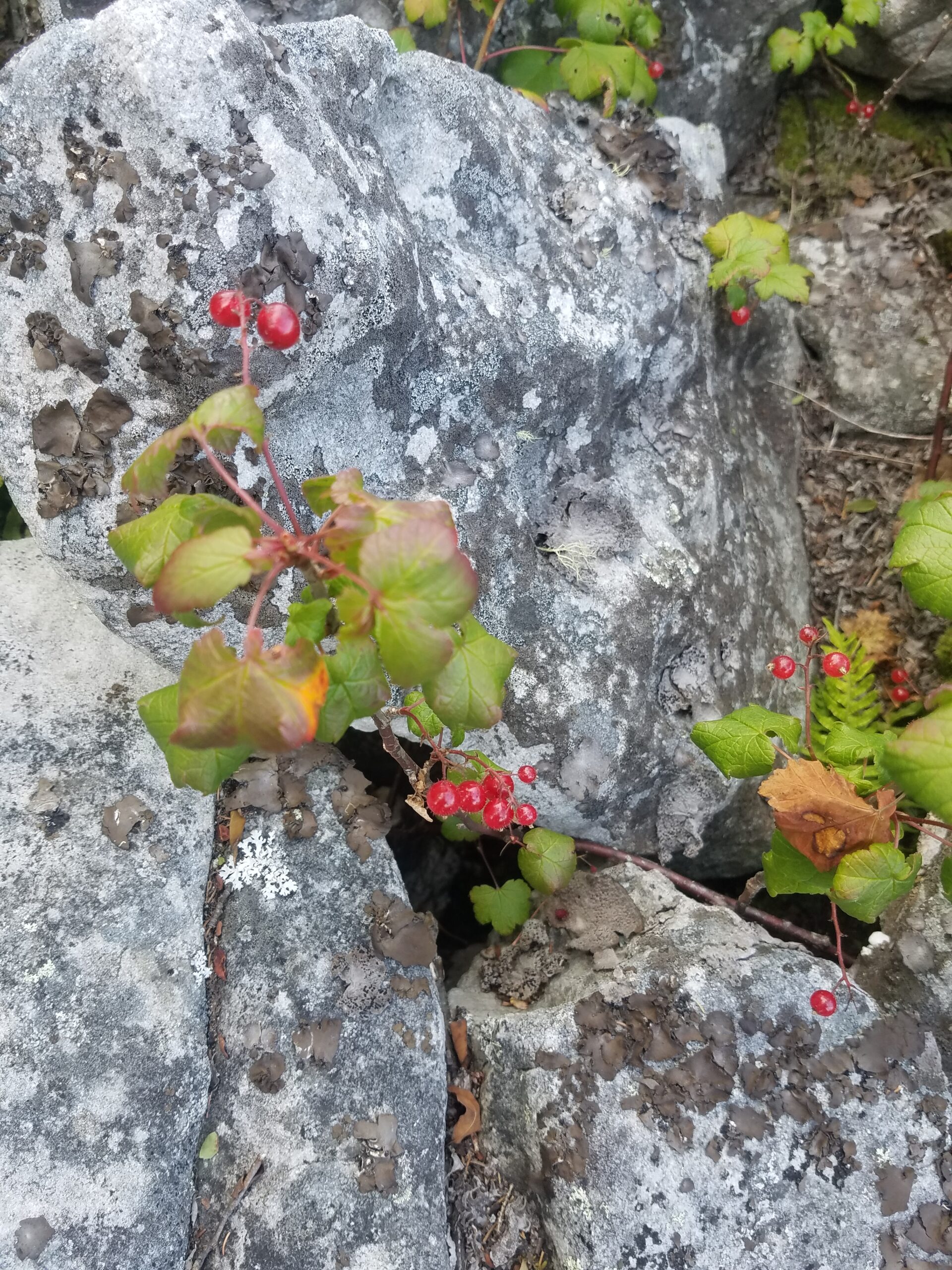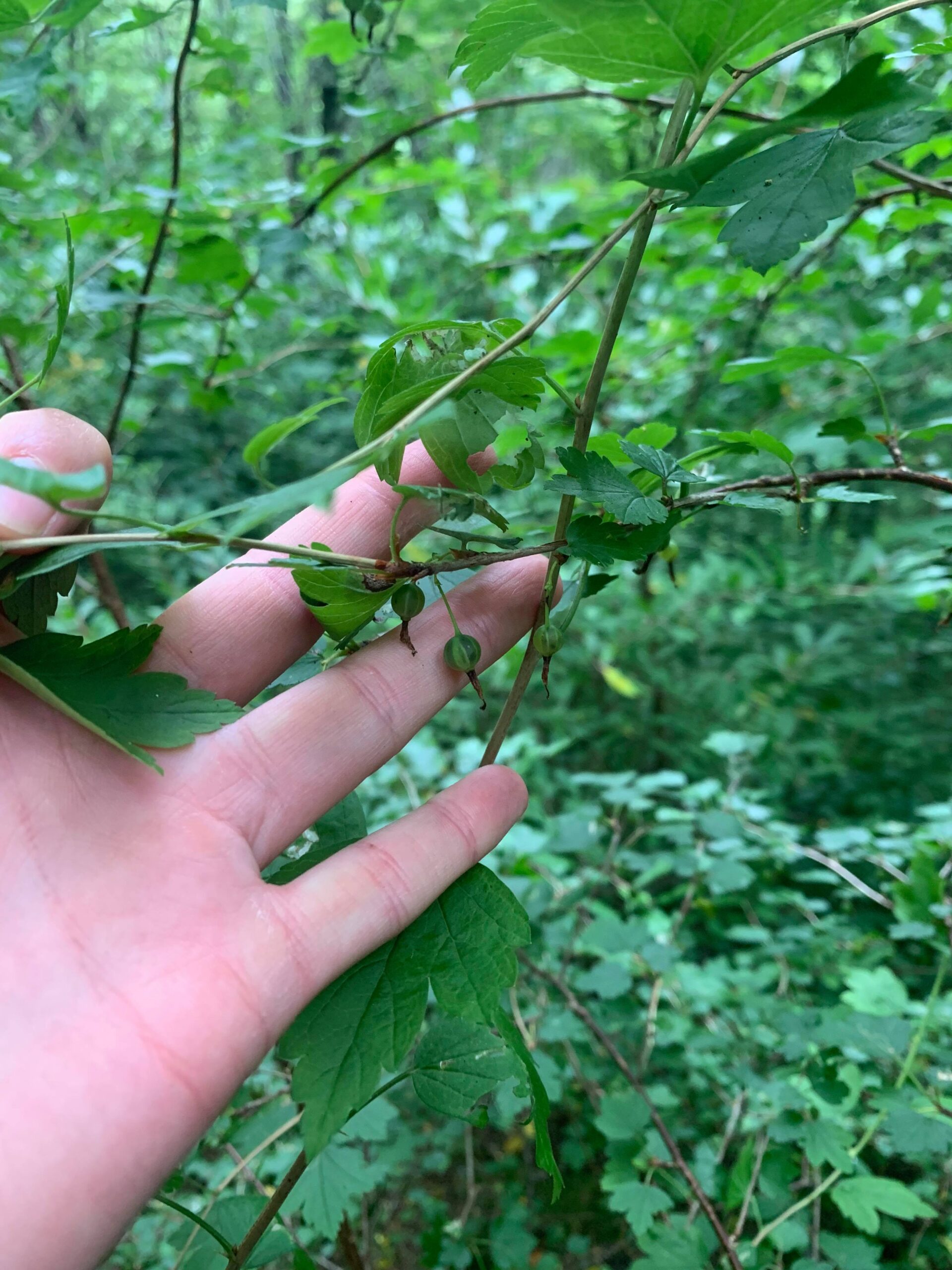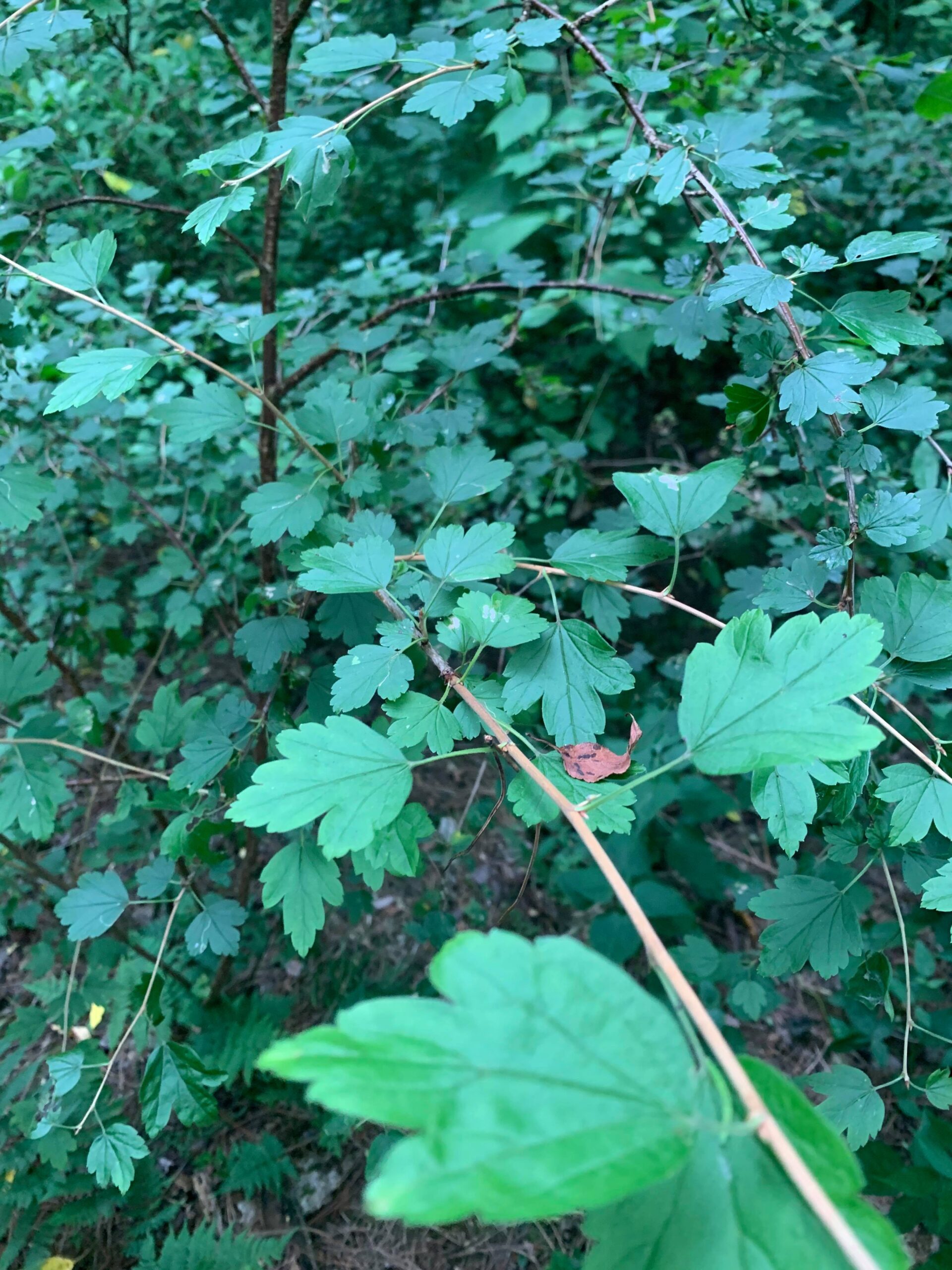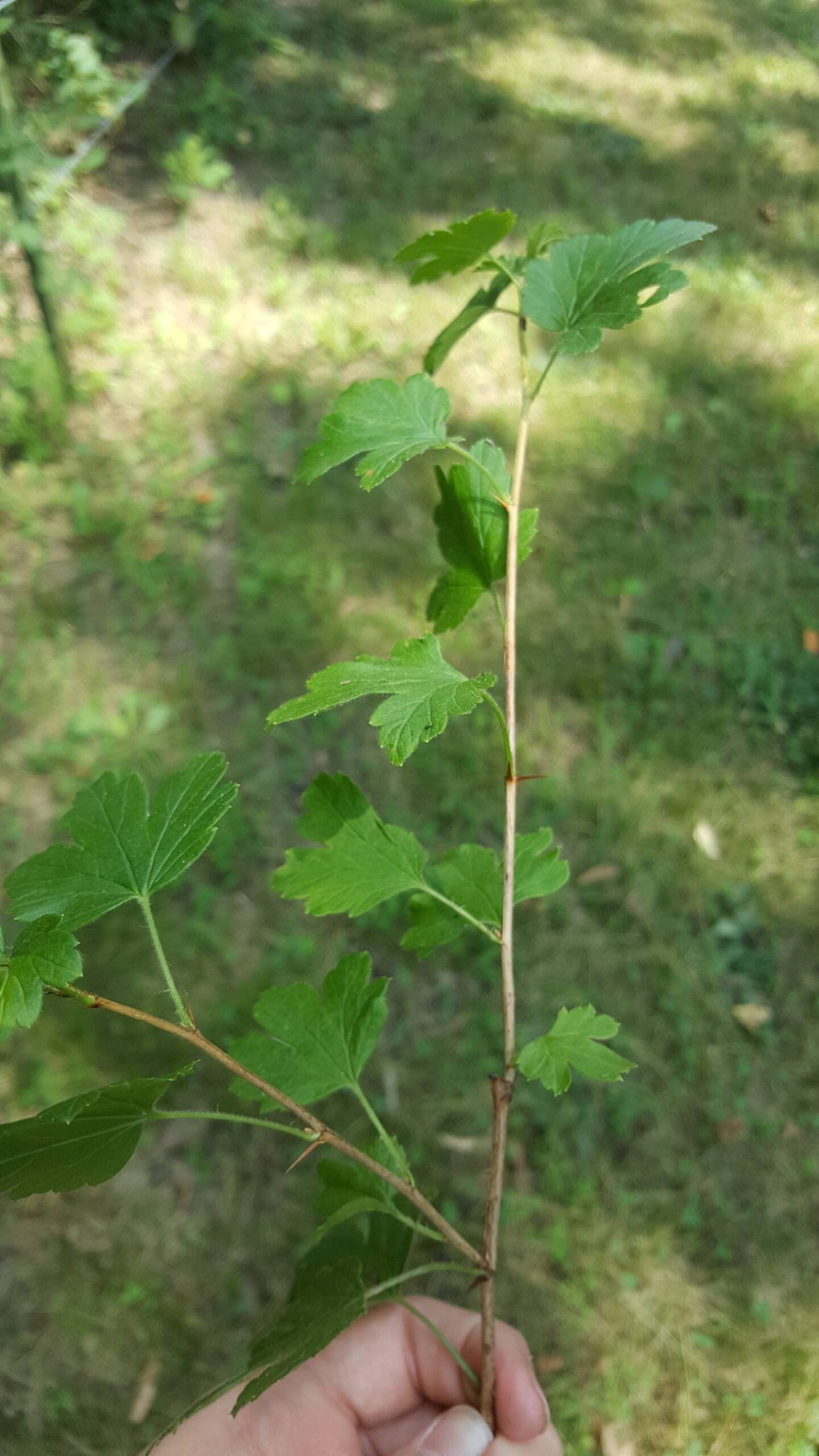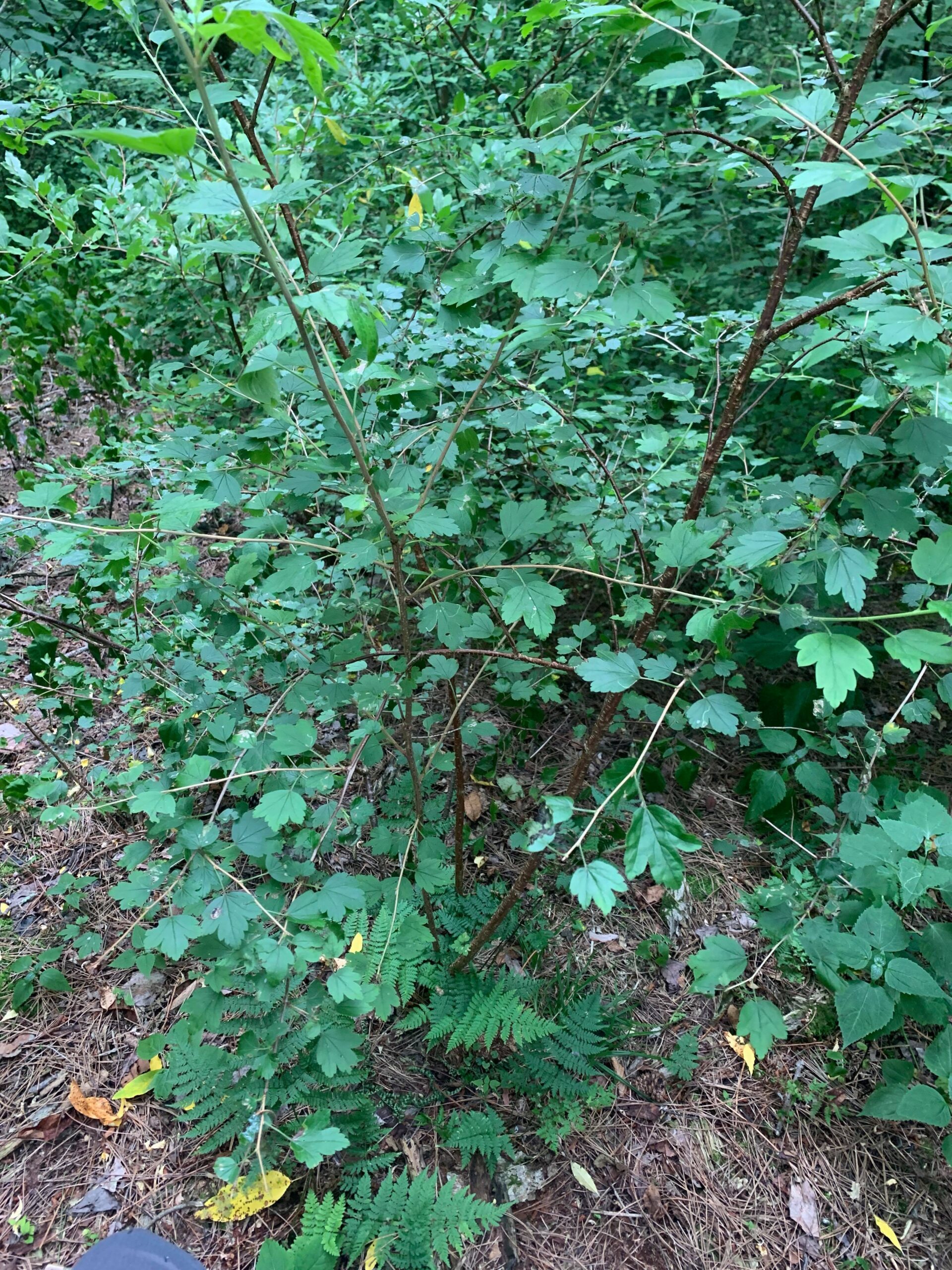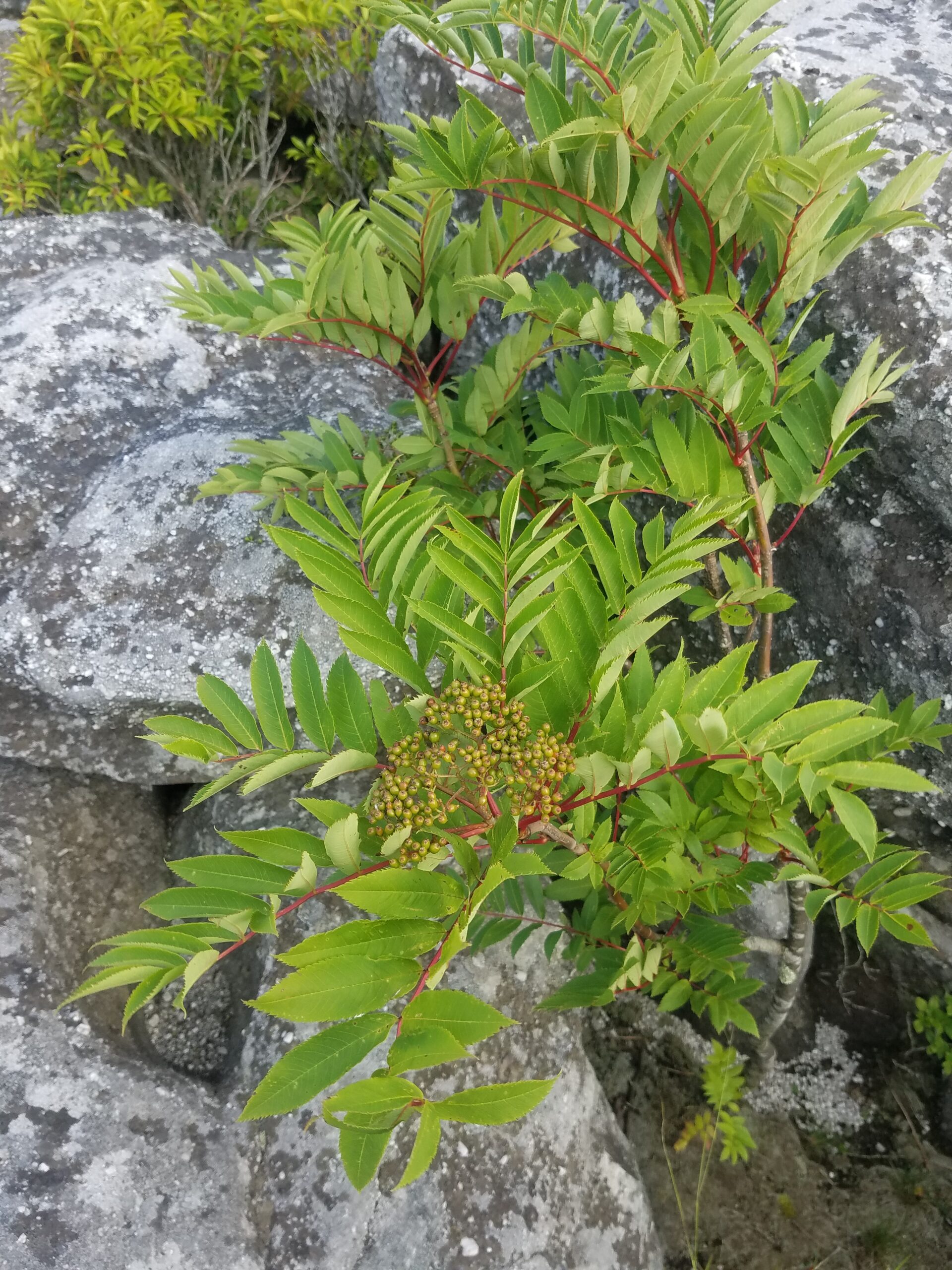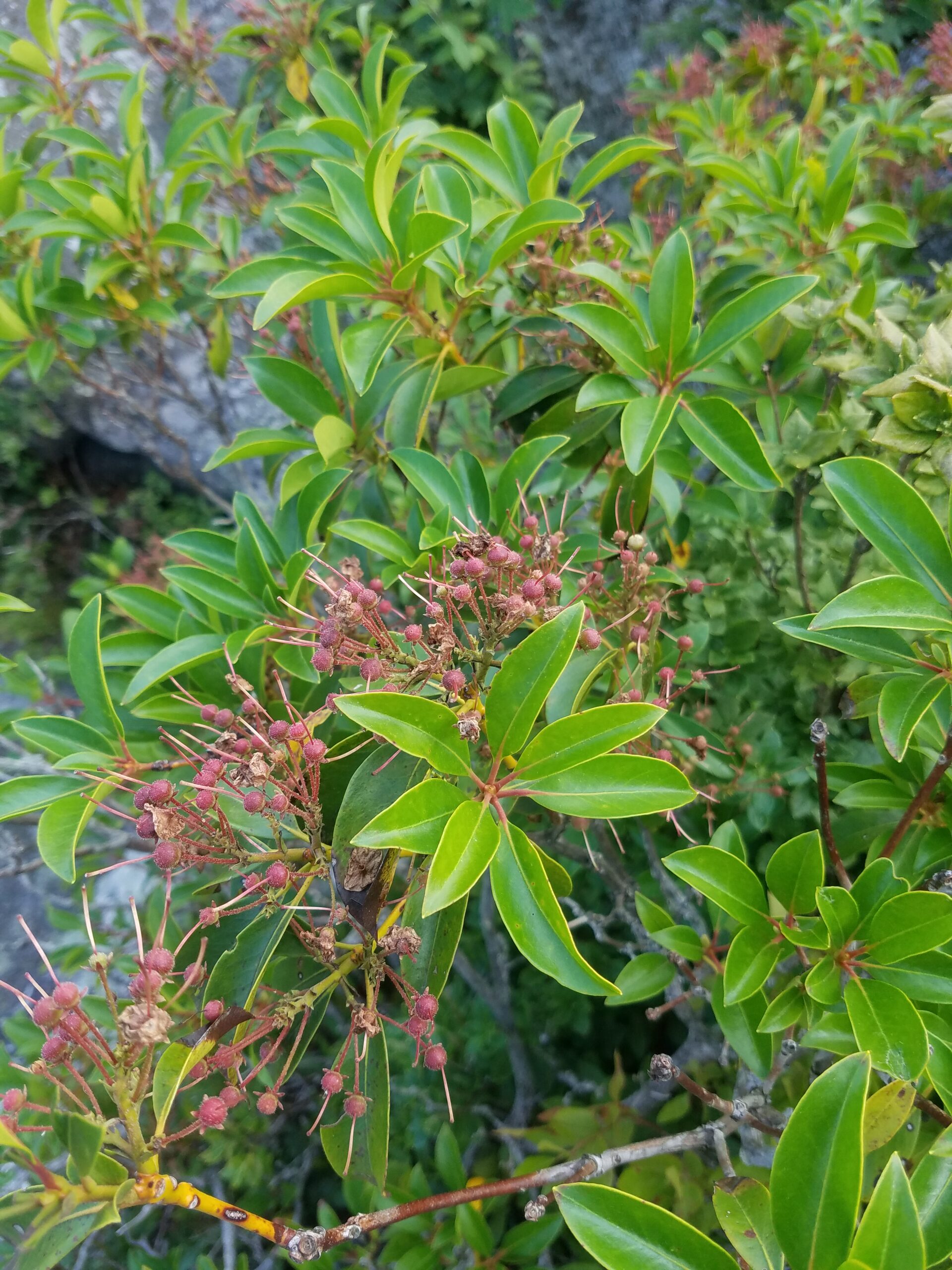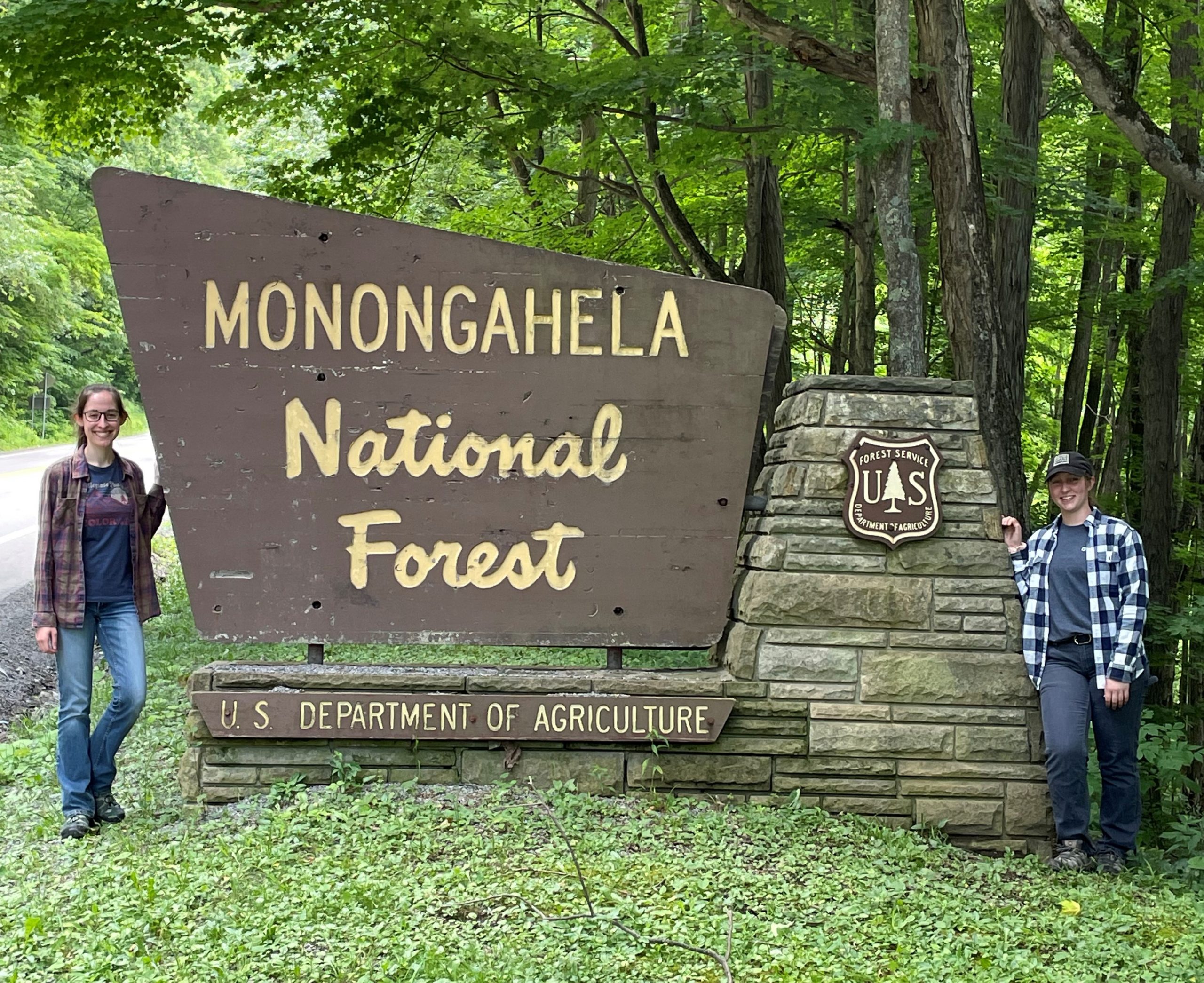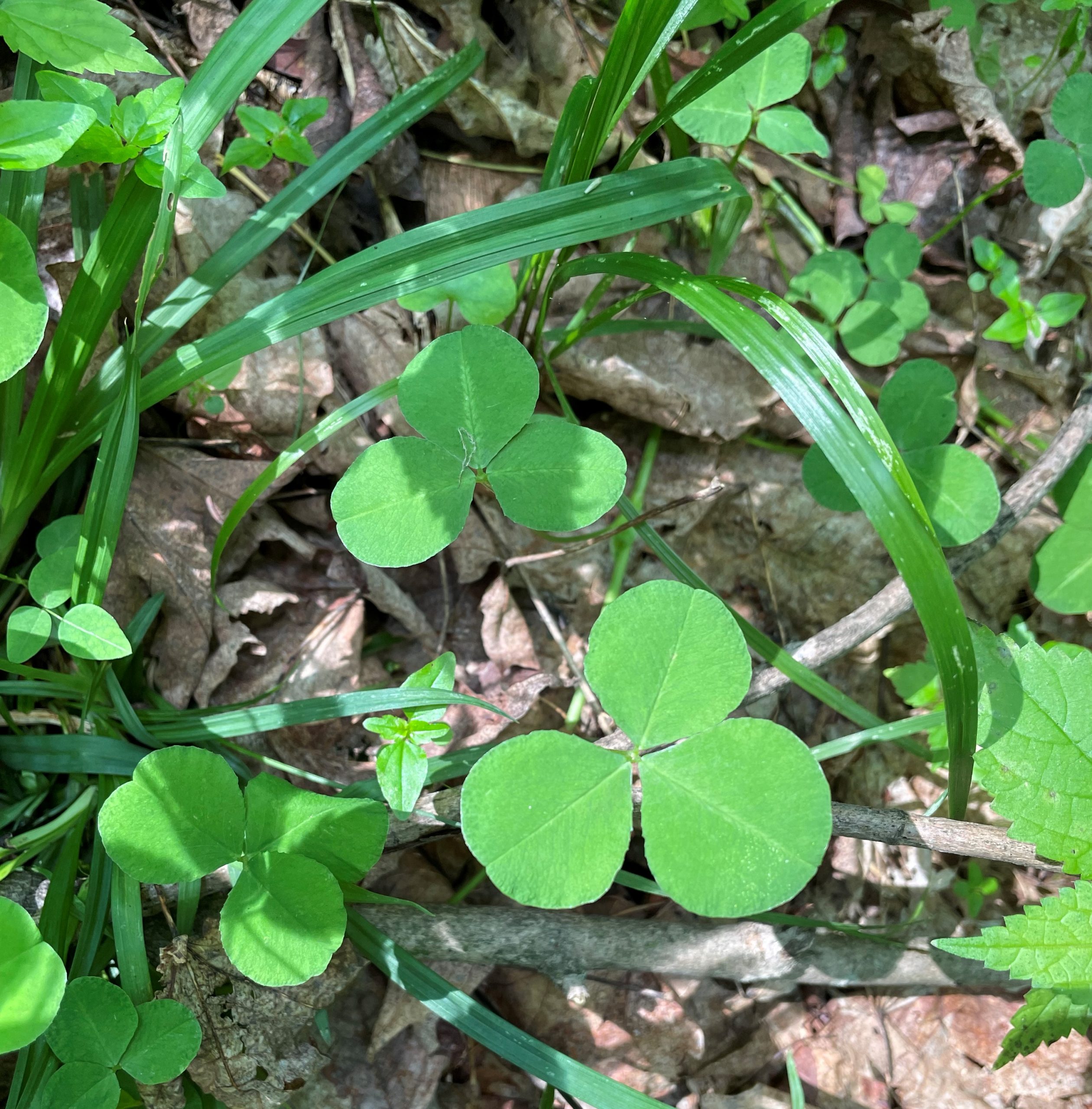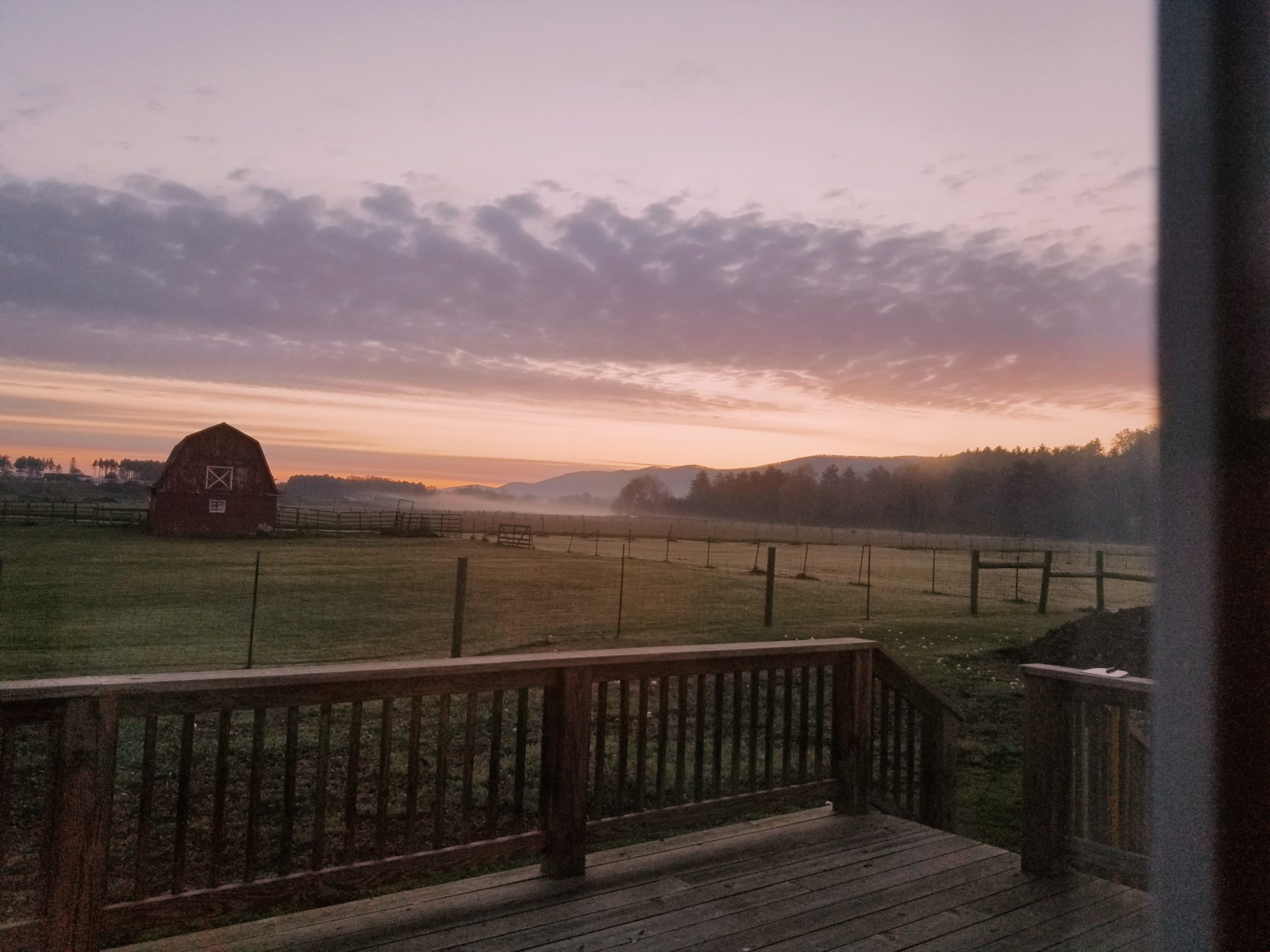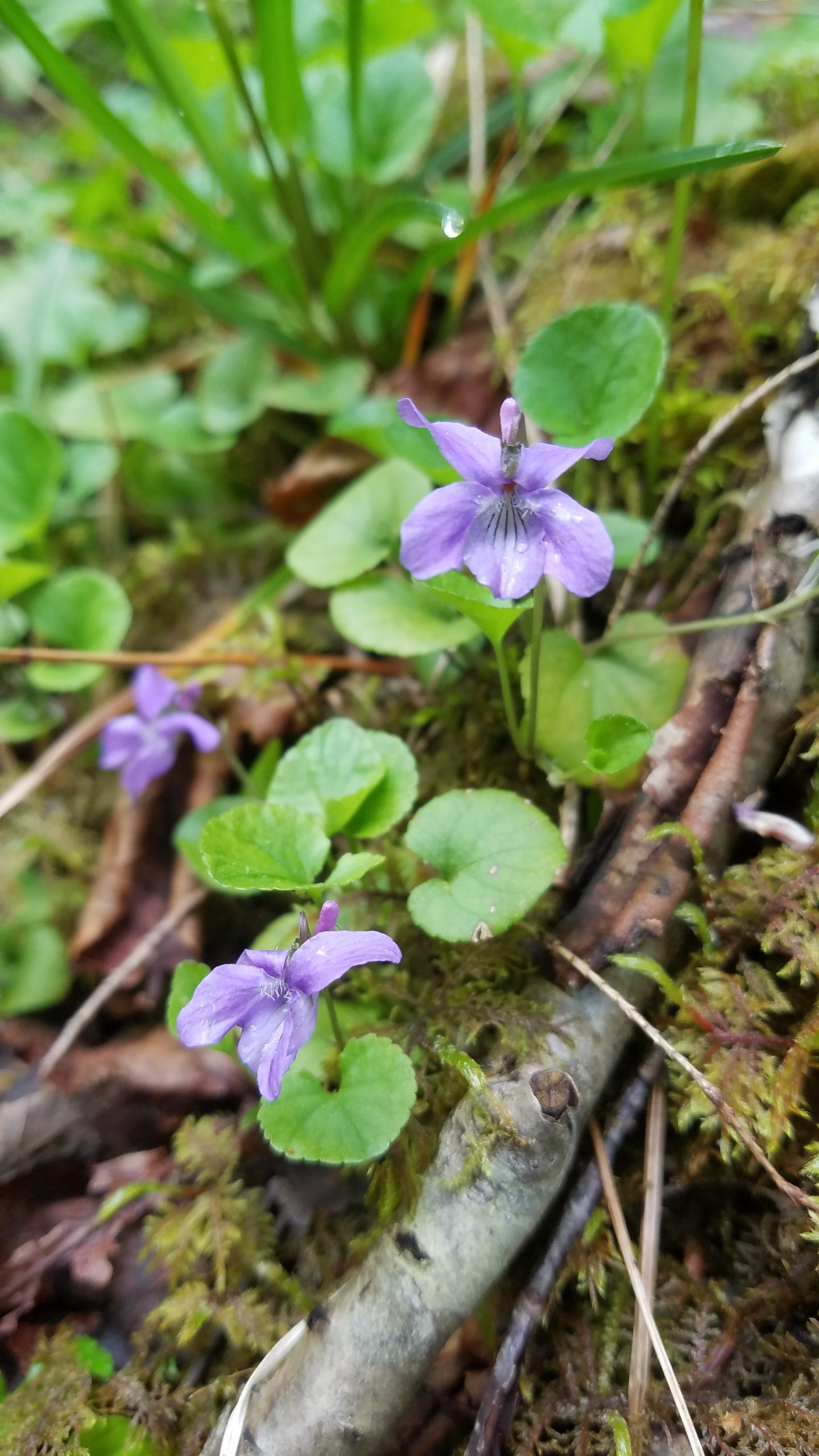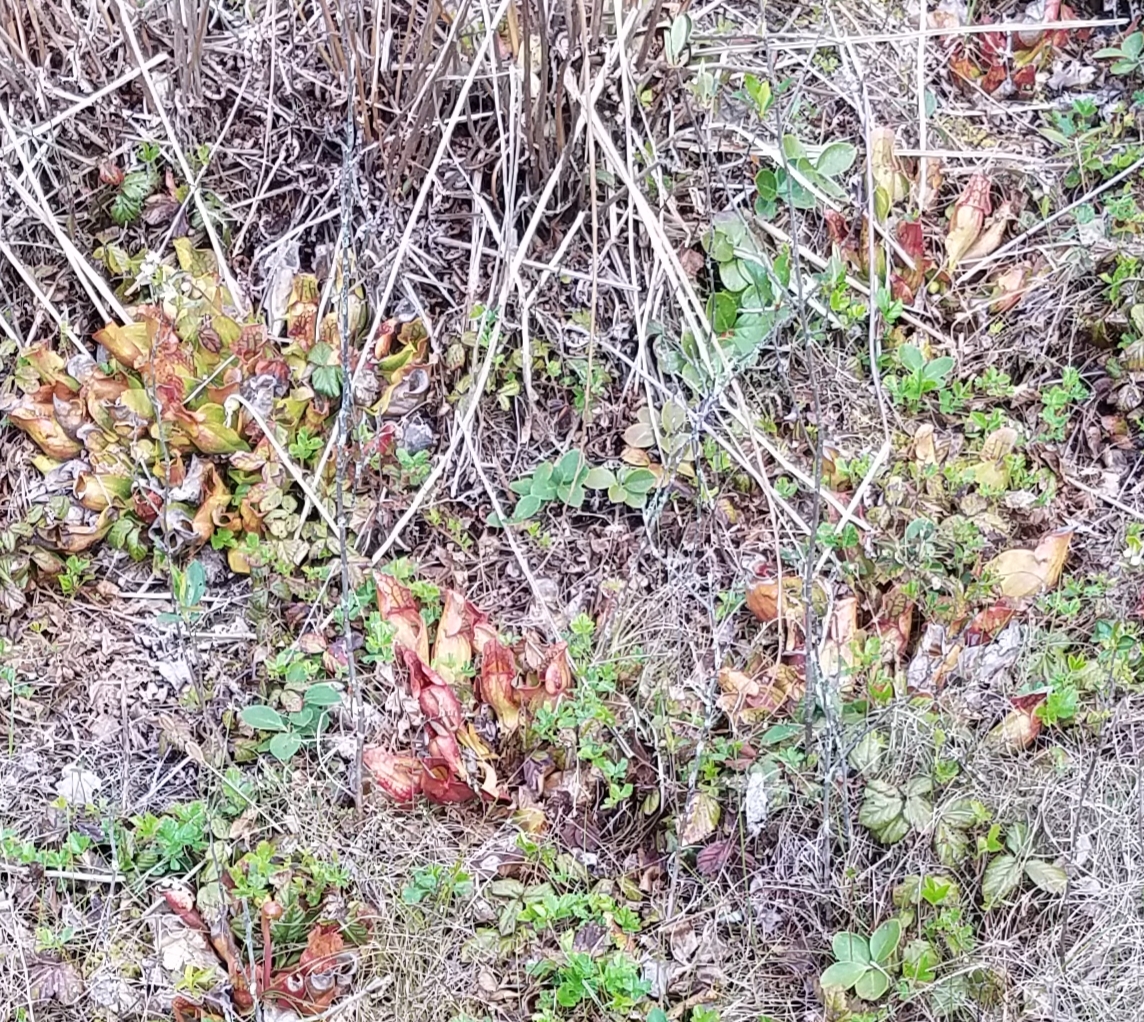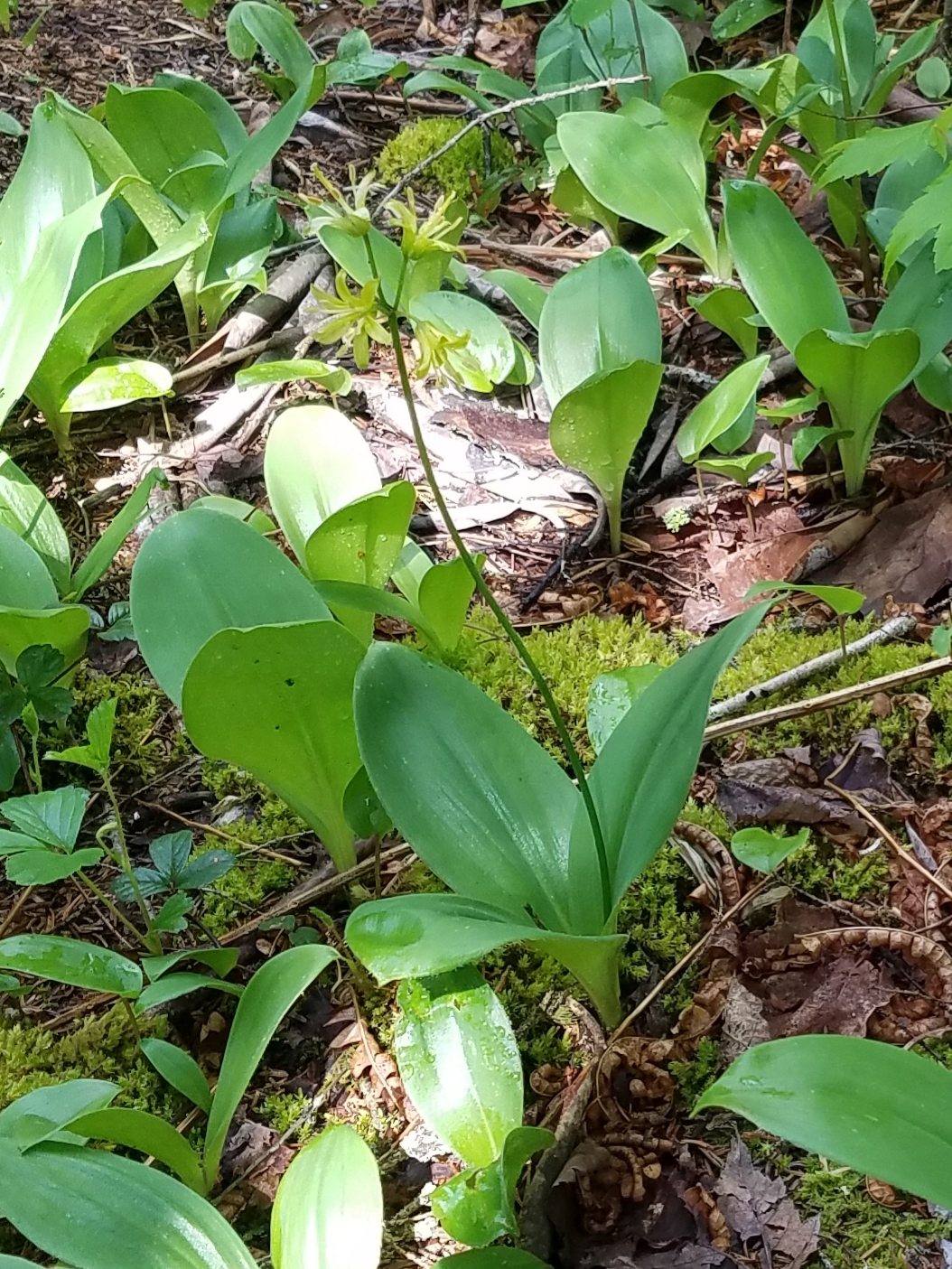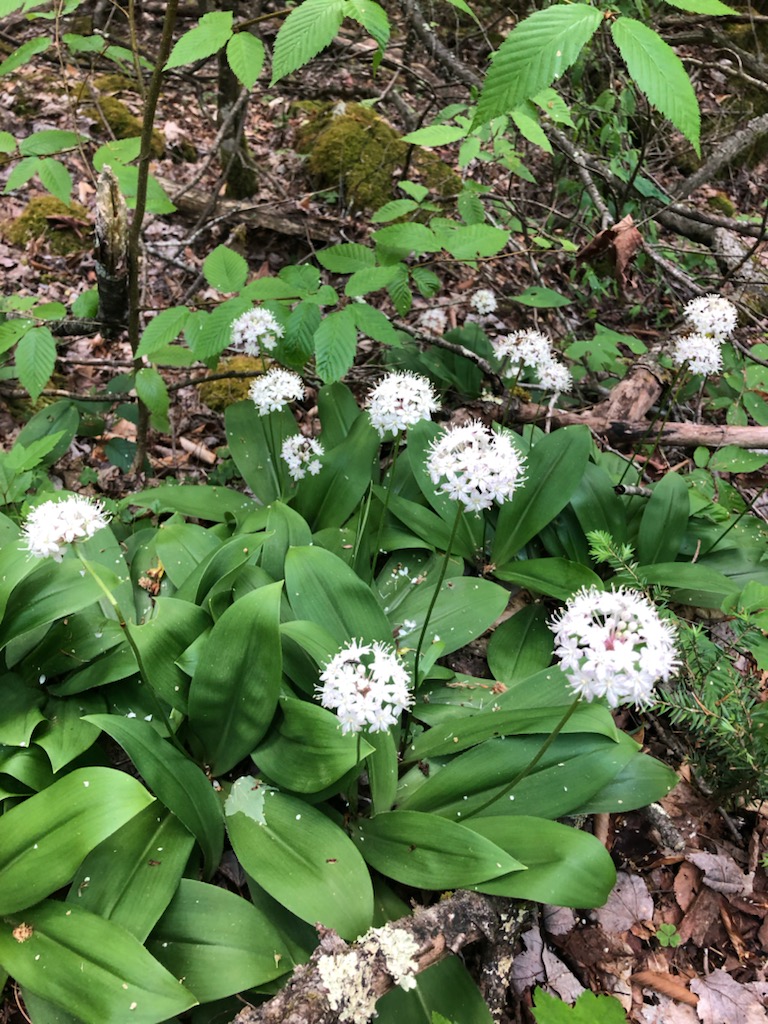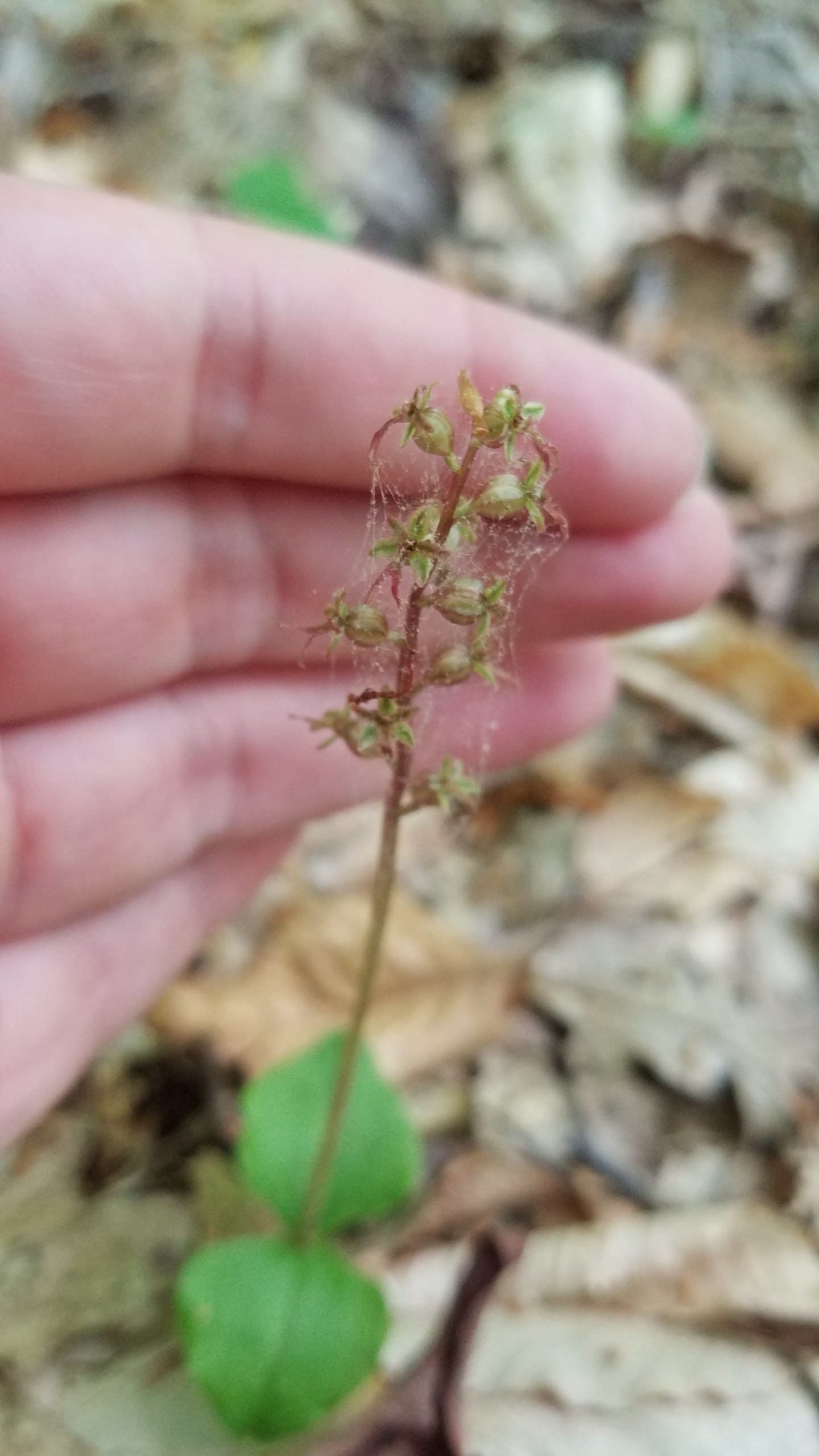“Every new beginning comes from some other beginning’s end.” ~Seneca
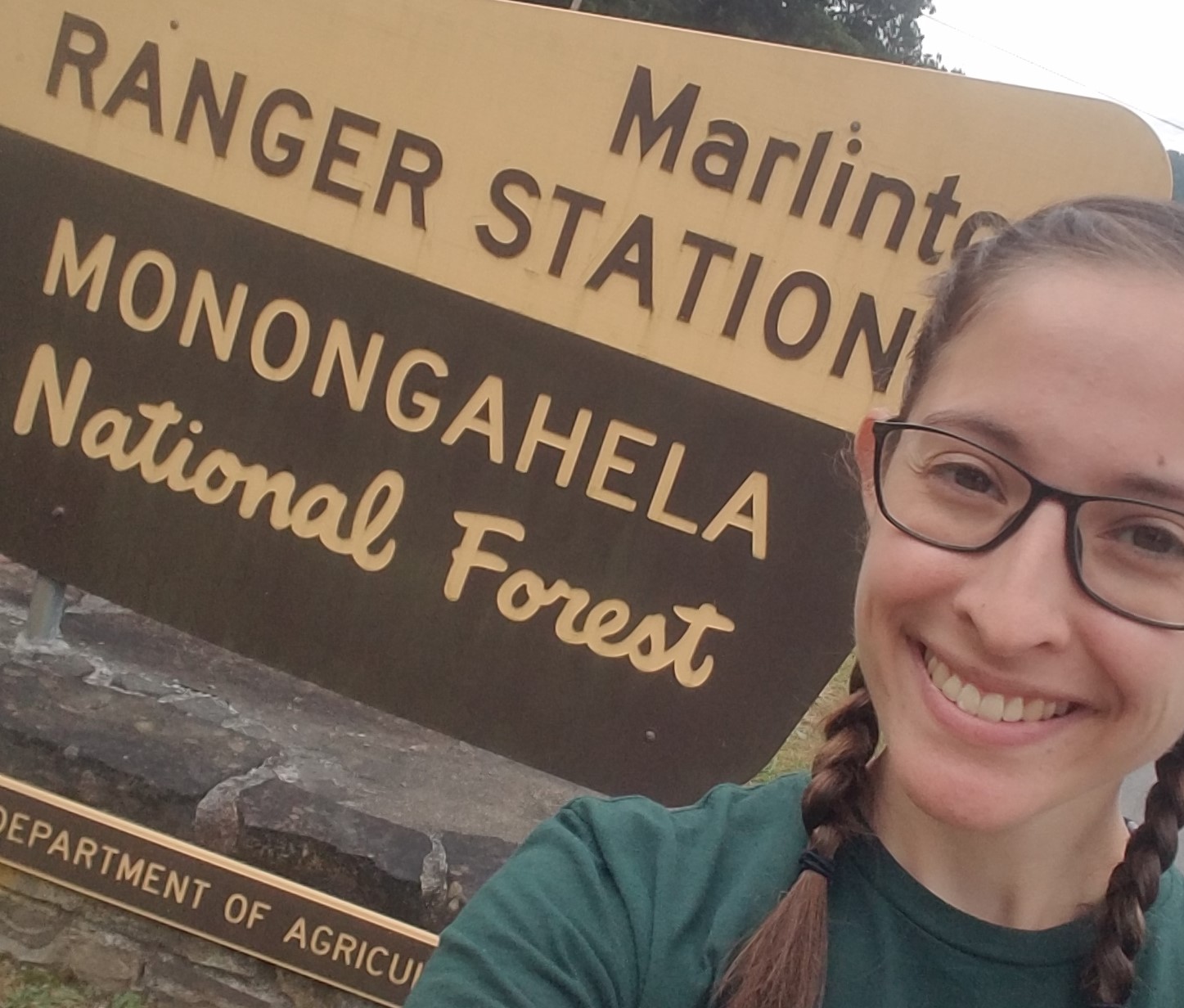
As my time as a CLM intern comes to a close, it has me thinking back to when it all began three months ago. It simultaneously feels so long ago and like it was just yesterday. I had so many worries coming into the program: Would I get along with my co-intern? Would I make friends or have anyone to hang out with outside of work? Would I physically be able to keep up with my coworkers? Would I like the work? Was it worth moving 16 hours east of my hometown just to turn around and travel back 23 hours west of my home? I had no idea what I was getting myself into, and with grad school looming ever closer I was tempted to just take the summer off. I am so glad that I decided to accept the CLM position and would highly recommend the program to anyone interested. On that note, I would like to use this final blog post to answer some of my own personal initial worries for anyone who might be considering applying to the CLM program.
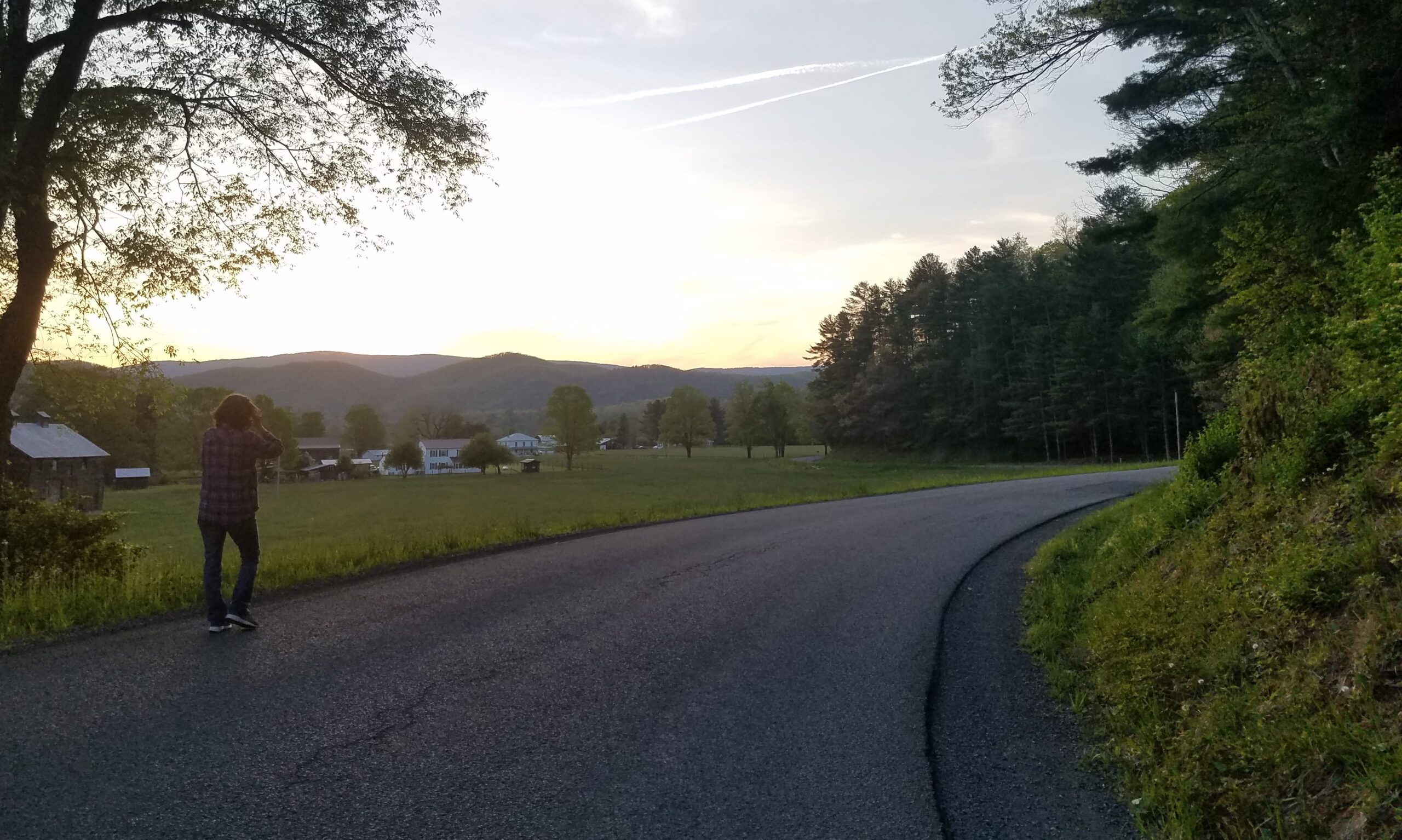
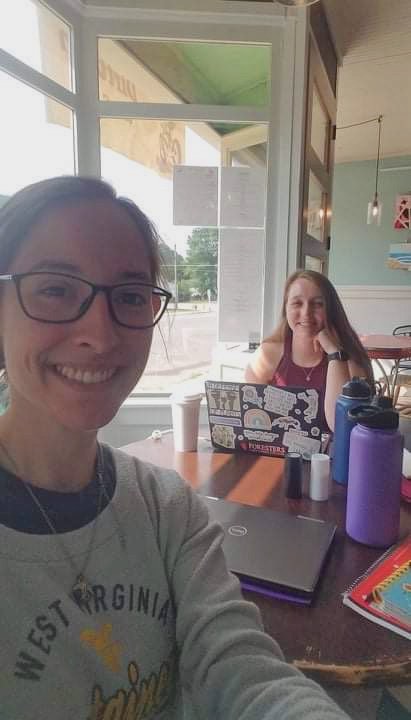
One of my main concerns was honestly that I would not have anything to do outside of work and would feel lonely and isolated from the outside world, forgotten in rural West Virginia. Marlinton is a small town with, at first glance, seemingly little to do and a small pool of people to befriend. Since being here, however, I have found that concern to be entirely invalid. Having a co-intern is like having a built-in friend. I honestly cannot believe how close Megan and I have become in just the few months that we have known each other – she feels more like a sister than a coworker. We have come to a point where we do almost everything together, from working and living together, to hiking, backpacking, game nights, and even just going out to get coffee. I don’t know what I’m going to do without her once I get to Montana.
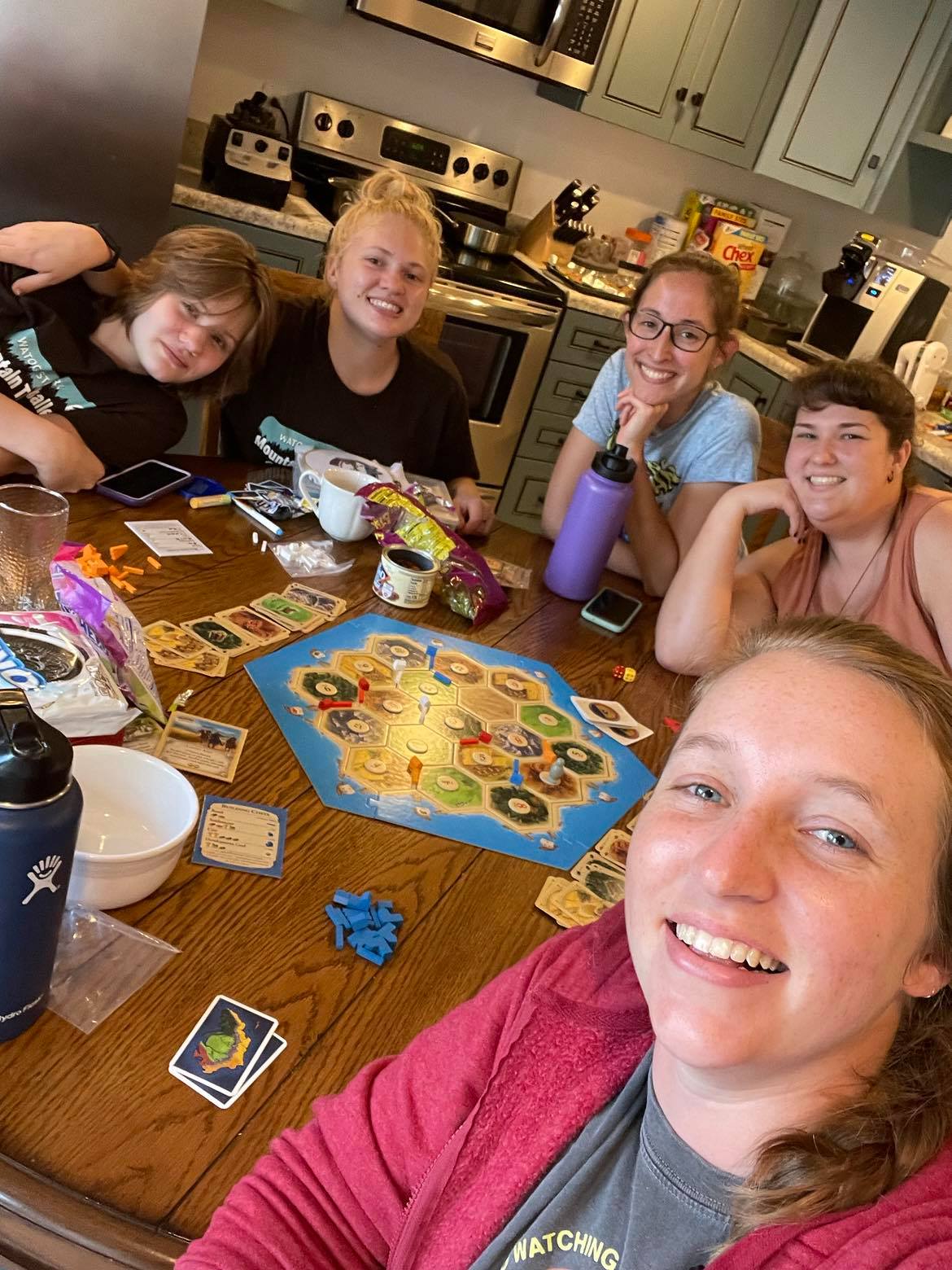
Megan and I have also discovered that there is a strong community within the coworkers at the ranger station. I couldn’t have imagined a more welcoming and kind group of people and I have made genuine friendships that I will forever be grateful for.
Another major concern was that I would not be able to physically keep up with my fellow coworkers. I am a reasonably small female who spent the last year and a half sitting in front of a computer working remotely, so the concern was embarrassingly valid. It has definitely been a growing process – growing not only in the sense of my muscle mass but also confidence in my own abilities. Even after getting here and finding that I am able to keep up with my peers, there was still the lurking concern that I might get passed up for future career opportunities because of my size and gender since conservation and land management often involves manual labor. During this internship though, I have gotten to work with a number of successful women who have been nothing less than inspiring. My mentor, Amy Lovell, is someone I especially look up to and has been endlessly encouraging to me. She is living proof that it is possible to have an established career and also be a wife and mother, all while still having personal hobbies and interests. I am truly grateful that I had the opportunity to work under Amy’s leadership.
Even with all my other worries, my biggest question coming into this internship was whether or not it would be worth it – was it worth moving, the transition period, the anxiety, etc? The answer to that is an easy and immediate yes. This experience allowed me to grow both professionally and personally and learned so much along the way. I have witnessed first-hand the complexity of restoration projects, the intricate relationship between research and practice, the plethora of roles that the USFS fills, and the wide array of projects that it is able to accomplish. I have made valuable connections and invaluable relationships. To top it all off, I got to learn about plants all summer and it has honestly been the best summer I’ve had in a long time.
Bottom left to bottom right: Mountain Wood Sorrel (Oxalis montana), and Bittersweet Nightshade (Solanum dulcamara).
This isn’t to say there were no bad days. Here in West Virginia, if the stinging nettle doesn’t get you, the bees, hornets, and wasps will. But the bad days for me were honestly the most valuable of all and I’ll tell you why: There is one particular day that stands out as possibly the roughest day I have yet to have out in the field. My mom called me that evening and I recounted the long list of mishaps to her. She started telling me how sorry she was that I had such a bad day, but to my surprise I found that, even with everything that had gone wrong, I didn’t actually consider it a bad day. It was a long day for sure, but not a bad day. It was in that moment that I knew I had chosen the correct profession. That peace of mind alone makes the whole internship worth it and I highly recommend the CLM program to anyone and everyone who might be interested.
